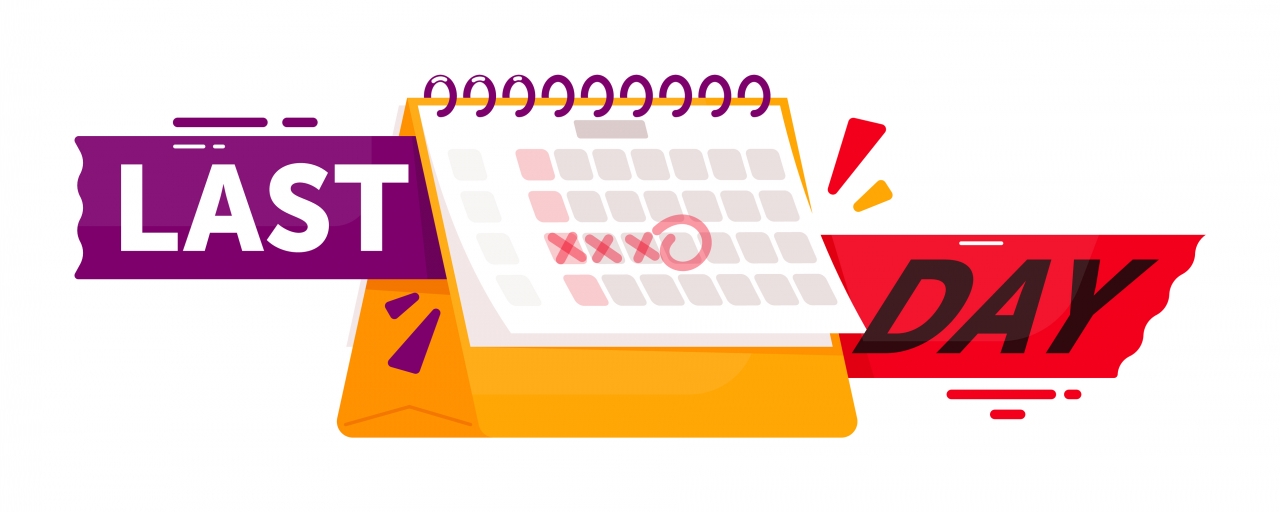How to convert Amazon buyers to your customers (without breaking the rules)

An ecommerce brand has to decide whether to sell its products on Amazon’s Marketplace, which is the dominant buying resource for today’s consumer. Consider these statistics:
Forty-nine percent of U.S. households have a Prime membership.
Over 60 percent of all product searches in the U.S. begin on Amazon.
Amazon accounts for 44 percent of all ecommerce sales in the U.S.
In other words, Amazon is hard to ignore if you want to sell products online.
But many companies are hesitant. They view Amazon as a competitor rather than an ally. They are afraid that selling on Amazon will not build their brand, but, instead, will benefit Amazon.
These concerns are valid. However, independent brands can use Amazon as a tool to obtain customers. Through proper merchandising of their products, brands can turn Amazon buyers into their own loyal customers.
Product mix
You don’t need to list every product in your catalog on the Amazon Marketplace. Think about how to structure your product assortment strategically so that it will drive Amazon buyers to your site for repeat purchases.
Here is an example of a merchandising process I have used in many different categories.
When I was in the shaving business, we sold our products successfully on Amazon’s Marketplace. But we only offered starter sets there. One set was a handle with cartridges, and another was a handle with cartridges and shaving cream. All of the items we listed were set up like this. We did not sell the individual items.
Inevitably, customers would run out of cartridges. They didn’t want to buy another full set because they didn’t need another handle. Likewise, they didn’t want to buy a full starter set to refill their shaving cream. What would they do? Contact us through Amazon.
We couldn’t respond by directing the queries off of Amazon and to our ecommerce site. That would violate Amazon’s terms and conditions.
But, we could tell them this:
Hello, [customer name]. Thank you for contacting us. We apologize for this inconvenience. At this time, we do not sell those items individually on Amazon. We will be certain to let you know if we do.
This response can be disappointing to a customer. But, think about it this way. The customer has the product and wants to buy more. The product and the packages are branded with our toll-free telephone number and website. Over 70 percent of the time, customers would either go to our site and order, or they would call the phone number to yell at us for not having the items on Amazon — and still order.
Packaging and inserts
Amazon does not expect (or require) marketplace sellers to change their packaging to remove a website URL, telephone number, or brand information. Thus, the printed portion of your packing is important to converting customers.
Inserts are even more important. You cannot provide an insert that directs customers go to your website and do something that is required to use the product. That is a violation. But, you can offer instructions, videos, or product enhancements. You can’t make them a requirement, just a suggestion. The challenge is getting customers to pay attention to the insert and take the desired action.
I purchased a product recently that came with a compelling insert. Across the top, in large bold letters was this:
IMPORTANT INFORMATION ABOUT YOUR PRODUCT.
It went on to explain that there were problems with the product for certain uses. The insert provided a link to a page to see if the defect affected me. When I got to the page, there was more information. The key was that they created a sense of urgency for a non-urgent matter.
The insert was designed to get the information across in a helpful way, not demanding. But, on the web page there was a registration form for the product. I registered. Now, I am their customer. It was clever.
Great product, experience
Make sure your product gets good ratings and reviews. Shoppers have choices. They don’t want to buy second-rate items.
Use every advantage to showcase your brand on Amazon — on your product pages, your storefront, and any other place you can. Remember, you cannot link to your website, but you can promote your brand. Customers are not naive. They can use internet search. If they like your company, they will find it.

